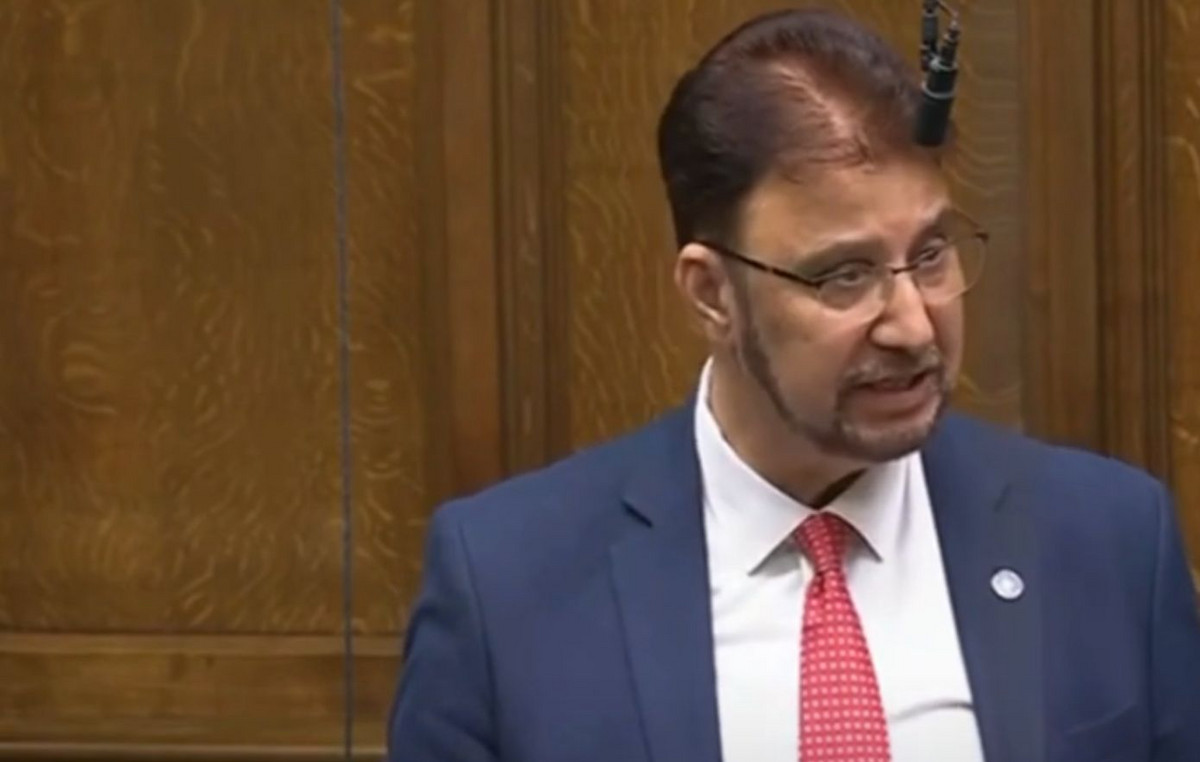- The price of Natural Gas hits bottom and enters an area not seen since August 2020.
- Investors are closely monitoring the House investigation into Biden's ban on LNG exports.
- The DXY Dollar Index remains at 104 and receives support with some risk aversion tone after the ceasefire talks in the Middle East reached an impasse.
The price of Natural Gas (XNG/USD) is trading below $2 and flirting with lower levels, not seen since August 2020. The movement occurs following an investigation by the House of Representatives Committee on the measures that the president of the United States, Joe Biden, launched to stop any development of new export terminals for Liquid Natural Gas (LNG). The Administration had said that it would not approve new studies and plans for another year. The investigation will enter its second day this Thursday with a hearing on the issue with Energy Undersecretary David Turk.
The US Dollar (USD), which is negatively correlated with the price of Natural Gas, remains stable after some profit taking following the high reached last Monday and Friday. The geopolitical element helps the Dollar a bit, as Israeli Prime Minister Benjamin Netanyahu rejected Hamas' recent proposal to cease hostilities and instead committed to fully infiltrating the Gaza region and liquidating Hamas. The breakdown of the cessation of hostilities talks is causing some risk aversion and is providing support to the Dollar.
Natural Gas is trading at $1.98 per MMBtu at the time of writing these lines.
Movements in the Natural Gas market: More bearish news
- In Europe, Norway returns to supply Natural Gas after brief supply and technical maintenance problems.
- Mild weather is expected in Europe, which means that current Gas reserves are sufficient to maintain the current situation until the beginning of summer.
- Japan will reduce its demand for Natural Gas by boosting its nuclear energy production, which will mean an 8% decrease in its LNG needs between now and summer.
- Germany and Algeria have signed an agreement for Algeria to supply Gas by pipeline to Germany.
Natural Gas Technical Analysis: Cessation of Hostilities Talks Off the Table
The price of Natural Gas faces a more significant decline and could be about to reach the lows prior to the covid crisis. Although plans to cease hostilities are no longer on the table in the Middle East, the markets have had time to get used to the tensions and, since these intensified, Gas transit has not been distorted at all. In general, with spring getting closer, it does not seem that Gas will be able to rise substantially in the short term under these conditions.
On the positive side, the price of Natural Gas faces some fundamental technical levels to return to. First, we must recover the January low at $2.10. Next, the intermediate level near $2.48. Once this zone is reached, a test near $2.57 on the purple line is expected.
Once the current low of $2.04 is tested, or broken again, expect the large $2.00 level to crack under pressure as well. The first level to watch on the downside is near $1.95 (orange line), which dates back to August 2020. Next, the red line near $1.51, the June 2020 low.
XNG/USD daily chart
Frequently asked questions about Natural Gas
What fundamental factors determine the price of Natural Gas?
The dynamics of supply and demand is a key factor that influences Natural Gas prices, and is in turn influenced by global economic growth, industrial activity, population growth, production levels and inventories. Climate influences Natural Gas prices because more Gas is used during cold winters and hot summers for heating and cooling. Competition from other energy sources influences prices as consumers may opt for cheaper sources. Geopolitical events, such as the war in Ukraine, also play a role. Government policies related to extraction, transportation and environmental issues also influence prices.
What are the main macroeconomic publications that influence Natural Gas Prices?
The main economic publication that influences Natural Gas prices is the weekly inventory bulletin of the Energy Information Administration (EIA), a US government agency that produces data on the gas market in the United States. The EIA Gas bulletin usually comes out on Thursday at 14:30 GMT, the day after the EIA publishes its weekly Oil bulletin. The economic data of the large consumers of Natural Gas can influence supply and demand, among which China, Germany and Japan stand out. Natural gas is primarily priced and traded in US dollars, so economic releases affecting the US dollar are also factors.
How does the dollar influence Natural Gas prices?
The US dollar is the world's reserve currency and most commodities, including Natural Gas, are quoted and traded in international markets in US dollars. Therefore, the value of the Dollar influences the price of Natural Gas, since if the Dollar strengthens, fewer dollars are needed to buy the same volume of gas (the price falls), and vice versa if the dollar strengthens.
Source: Fx Street
I am Joshua Winder, a senior-level journalist and editor at World Stock Market. I specialize in covering news related to the stock market and economic trends. With more than 8 years of experience in this field, I have become an expert in financial reporting.

-638429850316897688.png)






